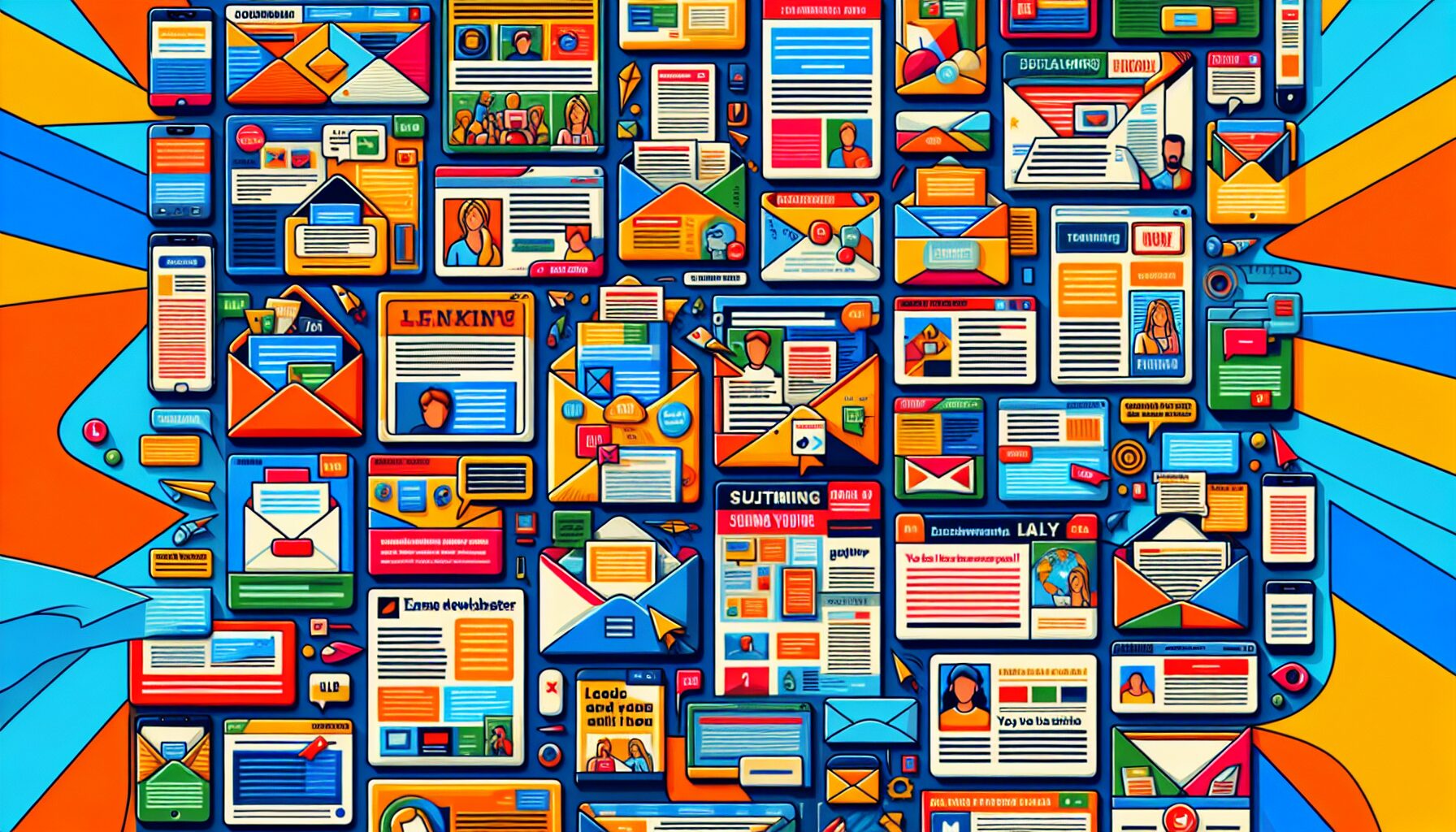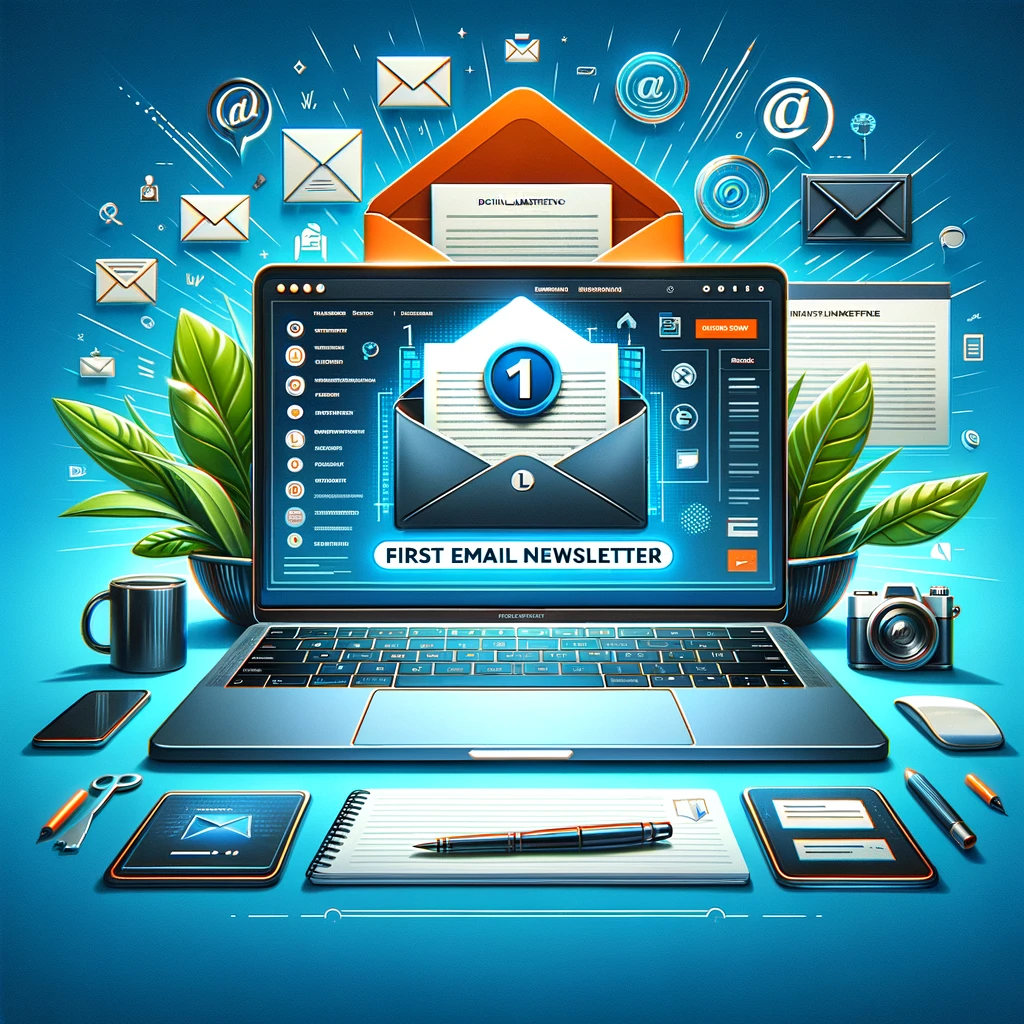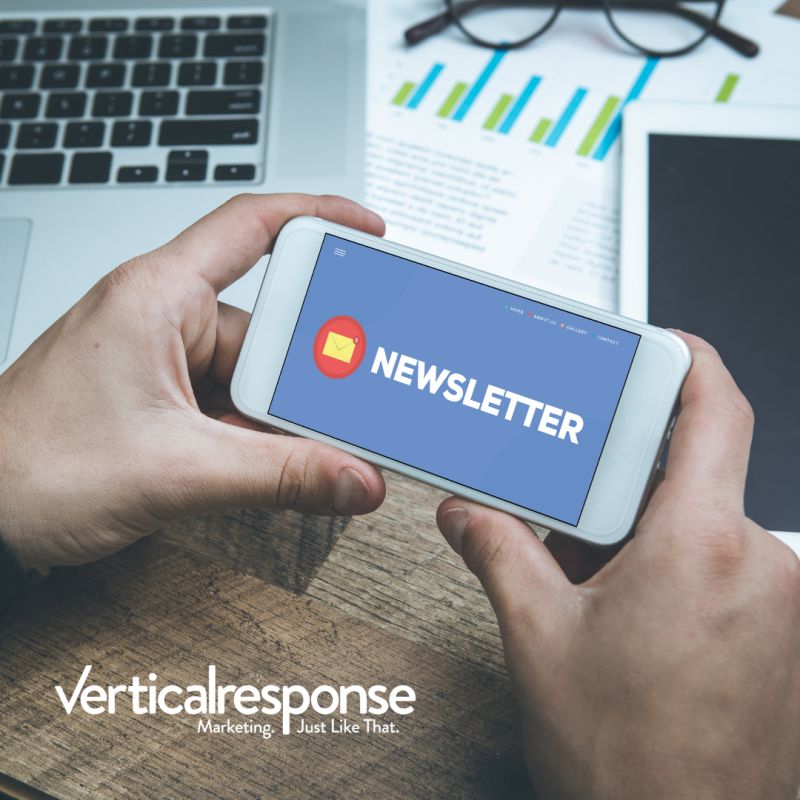
How to use email newsletters to nurture sales
A good email newsletter can be the lifeblood of your business. Many successful businesses prioritize email marketing, and for good reason: Email yields an astounding $43 ROI on every $1 spent.
The best email newsletters aren’t salesy. Rather, they provide value that helps subscribers solve problems, improve their lives and achieve their goals. If you can do that, sales will follow. Here are four ways to craft a winning email newsletter that nurtures sales, complete with examples.
1. Foster trust and establish expertise
Forget the sales pitch. Instead, craft compelling newsletter content that fosters trust and establishes your expertise. Offer real, actionable advice that helps your audience (whether they make a purchase or not).
Use a conversational tone and relate to your audience to promote a sense of solidarity. You’re one of them, and you’re in this together.
Ideas include:
- How-to articles
- Real-world case studies
- Quick tips and tricks
- In-depth guides
For example, a catering company might send an email newsletter that details how to plan the perfect holiday party. The caterer’s audience would certainly be interested in party planning. If the company offers useful tips, subscribers will trust their expertise — and some will end up hiring them.
Brainstorm email content ideas your audience will love. Identify their problems and write what you know. Good advice yields trust, and a trusting audience will buy from you.
2. Create excitement
Did you know that 90 percent of consumers prefer to receive updates via email newsletters? It’s a golden marketing opportunity, but too many emails are packed with dry, boring content that no one wants to read. Stand out from competitors and inspire your audience with email copy that creates excitement.
Ideas include:
- Illustrating the benefits of following your advice: For example, a financial adviser shouldn’t just say it’s wise to invest in an IRA — they should say it’s wise to invest in an IRA so you can retire early
- Peppering your copy with solutions: This doesn’t mean pitching your products through your email, but it does mean you can mention them as natural solutions to common problems. Plant the idea that there is an easy way for customers to enjoy the benefits of your advice
- Adding large, intriguing images to your email newsletters: Visually engage your audience with images that create desire and inspire
Excitement motivates action, and there’s no better platform to consistently create excitement than email.
3. Automate your email newsletter
You probably know email is one of the most affordable ways to market your business. Did you know email automation tools make it one of the easiest?
Identify ways to automate your email marketing so you can focus efforts on business optimization and growth. Start with an opt-in subscribe form that automatically triggers a series of pre-set emails — your nurturing campaign.
Design your campaign to earn trust and ultimately sales. Ideas include:
- Repurposing website and blog content into a series of helpful emails
- Interviewing customers and publishing case studies subscribers will relate too (show them solutions)
- Developing a nurture campaign in which you send a series of purely informational emails, capped by a final email that includes a special promotional offer
How often should you send emails? One study found that 48 percent of consumers prefer to hear from companies on a weekly basis, but you can send emails more frequently as long as you’re not spamming subscribers.
No matter how frequently you send emails, take advantage of email automation to consistently place your messaging in front of a receptive audience. That way, the inevitable business problems and priorities that pop up won’t derail your email campaign — it will be on autopilot!
4. Include a call to action
Your emails shouldn’t be overt sales pitches, but you can still design your email newsletter for sales. Most emails you send should include a compelling call to action (CTA).
Ideas include:
- Placing a CTA at the end of your informational copy
- Placing a CTA in an email sidebar or in one of your email layout blocks
- Adding CTA buttons to article teasers, then making your pitch on-site
- Sending a series of emails and reserving your pitch and CTA for the last in the series
Remember, people subscribe to your email newsletter for the promise of its value. If you’re overly promotional, they’ll unsubscribe. Focus on providing value, then strategically place CTAs to motivate responses. That’s how you create a winning email newsletter for sales.
Email newsletter examples
Find inspiration in the following email newsletter examples.
This email by Real Adventures delivers value with insights into traveling in Cuba. At the end, it features a clear CTA for its app.
This automated welcome email by Patagonia explains the company’s mission and dedication to environmental and social responsibility — things new subscribers and potential customers are likely to be interested in. Then, it delivers a call to action for its Patagonia Provisions.
Oscar’s monthly newsletter features informational health and insurance articles. It’s a good example of how you can repurpose blog content into an email newsletter. Each story includes a CTA to read more on the blog, and the email ends with a call to action to follow the company on social media.
The IFTTT email newsletter offers tips and tricks — or “recipes” as they call them — for using its platform to accomplish specific tasks. These tasks offer value to subscribers and encourage engagement with IFTTT.
Remember, the most effective email newsletters offer value and limit the sales pitch. Use these tips to craft the compelling content your audience yearns for and create excitement for your products and services. Then, deliver a natural CTA that motivates subscribers to take the next step in the purchasing process.
Join 140,000 small business owners
© 2019, Brian Morris. All rights reserved.
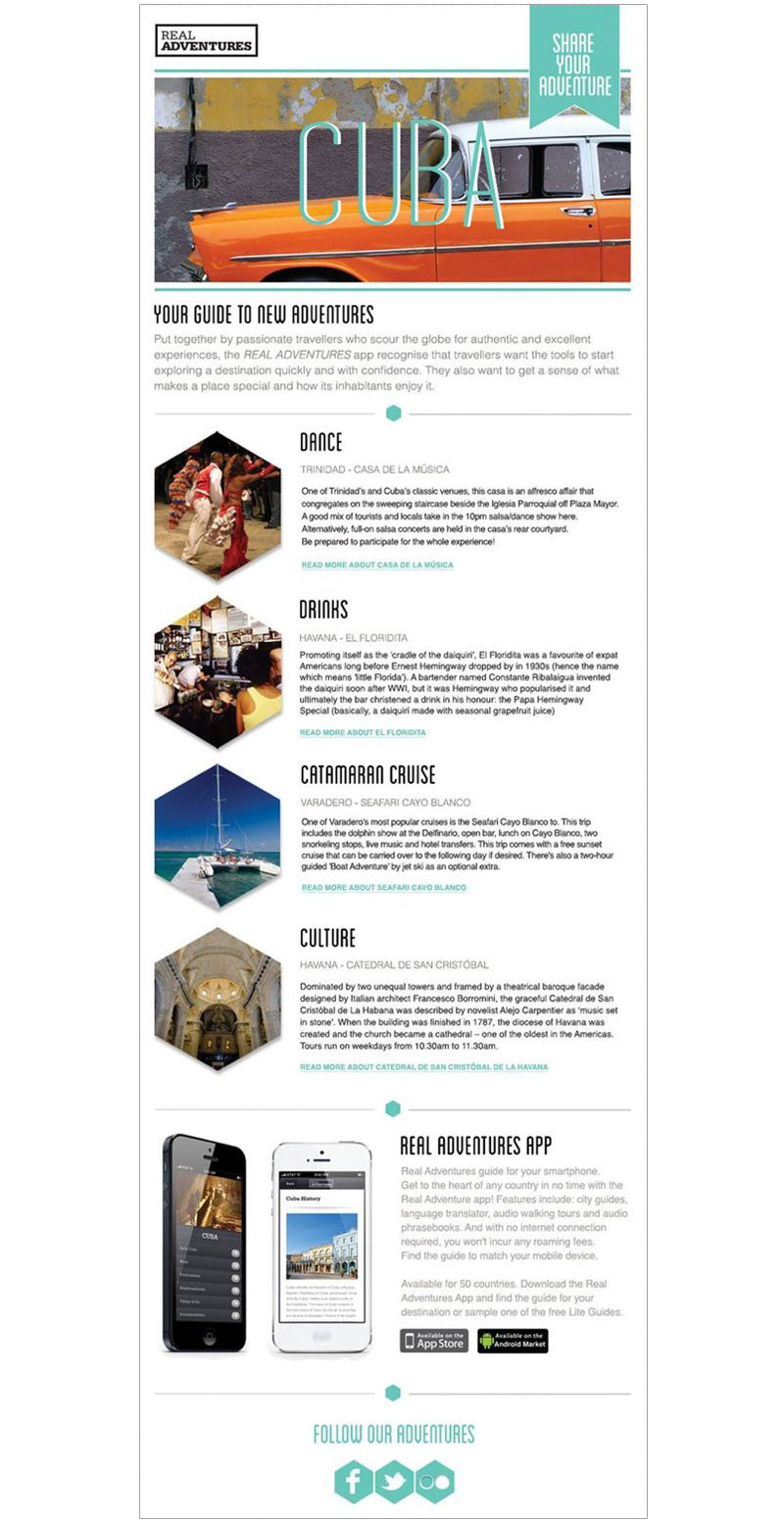


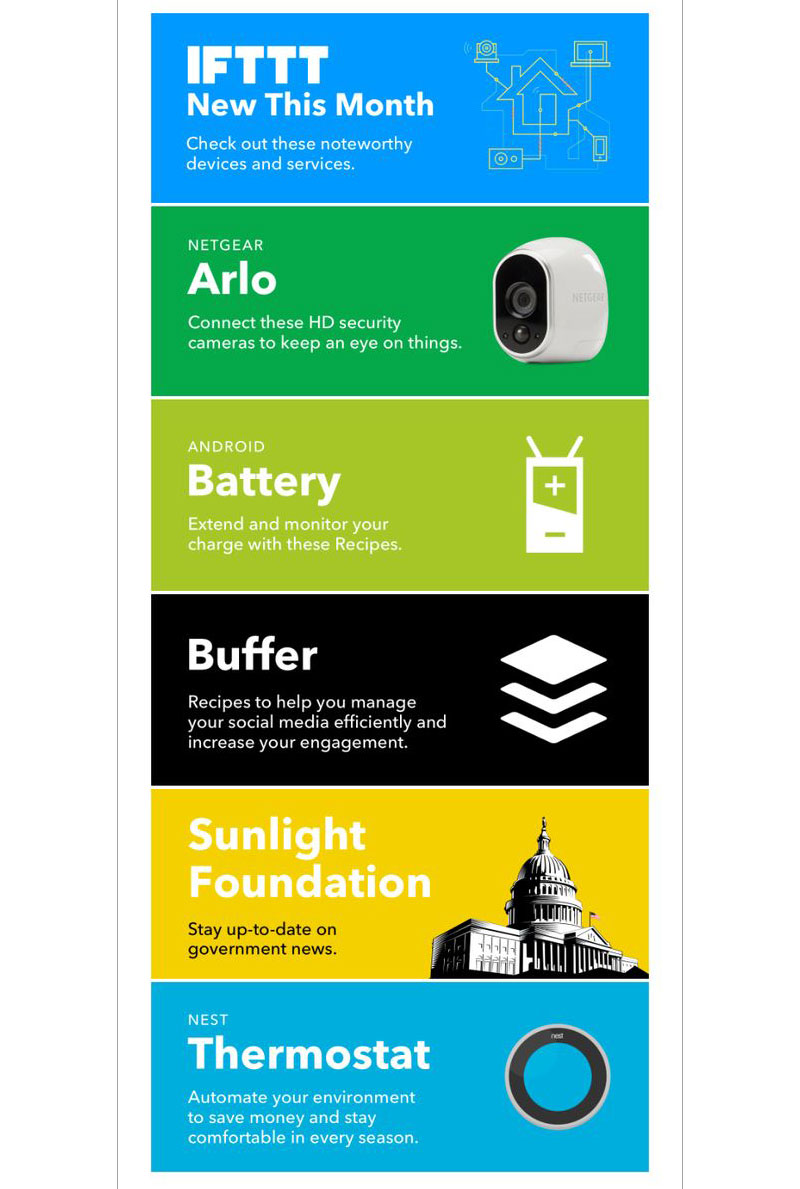
 SUBSCRIBE
SUBSCRIBE 